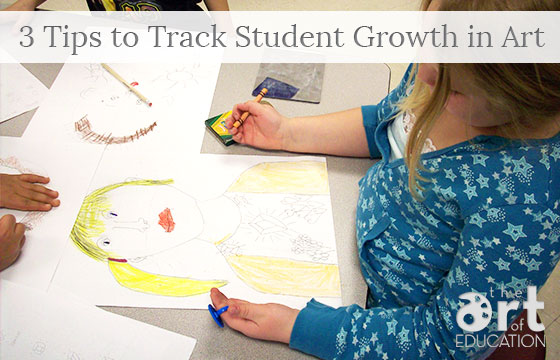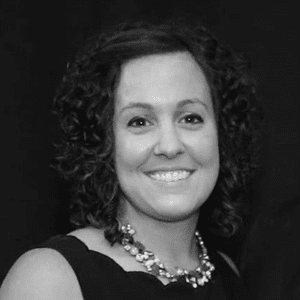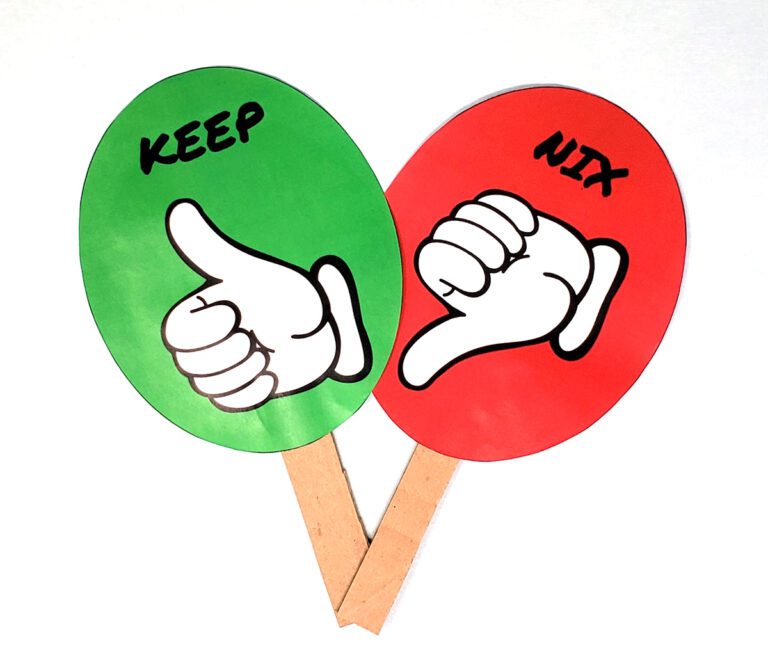I just got off the phone with a dedicated teacher of 20+ years from Ohio. As you may know, Ohio is going under rapid changes when it comes to the new teacher evaluation system focusing on showing student growth. This veteran teacher stated that he’s totally had to change the way he teaches and is completely overwhelmed.
After his first evaluation, his administrator is asking him to give pre-tests, differentiate, give follow up assessments and create centers for all his students so each can work at his or her own pace. Whew! Seems impossible. If you truly did this with each grade level, would there even be time to make enough projects by the end of the year to put on an art show? We chuckled at this thought, but the reality of it all is kind of daunting.
I might ask…
- At what point do we sacrifice everything we know as art teachers for a new initiative?
- At what point do evaluation systems, laws and protocols consume us so fully that we forget our initial love and zest for teaching?
- How can art teachers meet the rigorous assessment initiatives being thrown at them, while still maintaining the same amount of content in the same amount of time?
Here are three of simple tips tips that for anyone in this situation.

3 Tips to Make Tracking Student Growth Manageable
1. Pilot
If classroom teachers only need to assess 25 students and track their growth AND they see them every single day, why should art teachers be asked to track the growth of 600 students when they see them once a week? If permissible, choose a test pilot class (i.e.: One section of 4th grade or even one grade level) to do your assessments with.
2. Find the MOST Important concept to track.
Find a concept to track that you truly believe you WANT to see your students grow in – something you would hope every student could walk out of your art room and master by the end of the year. Something so specific and important, you will be excited to see their growth, instead of seeing it as a grueling chore.
3. Keep the duration short.
Just track the one unit. It will be intense, and then be done with it. (If your schools allow you do to this). Drawing it out for the entire year will just prolong the agony of data collection longer and longer. Keep it short and sweet.
These simple tips can change the way you think about tracking student progress. If more tips like this would be helpful to AND you need time to work on a detailed roadmap to get your growth on track, we’ve actually jam packed it all into our brand new online class “Showing Student Growth in Art” which starts on January 1st. There is just SO MUCH information we have to share with you. The month long class format seemed like the perfect place to house all of the resources and samples related to student growth (just for art teachers). I honestly believe that by getting organized and tackling a problem ‘head on’ we can all feel better about changes that come our way in education.
Not sure if any of these ‘modifications’ will be permissible in your school/state? Just ASK. Don’t assume anything. Simply asking for some of these tweaks could save you hours of time and give students back one of the most important things – time to make art!
Tell us about student growth initiatives in your area.
What are you tracking? How is it going? What questions do you still have?
Magazine articles and podcasts are opinions of professional education contributors and do not necessarily represent the position of the Art of Education University (AOEU) or its academic offerings. Contributors use terms in the way they are most often talked about in the scope of their educational experiences.




